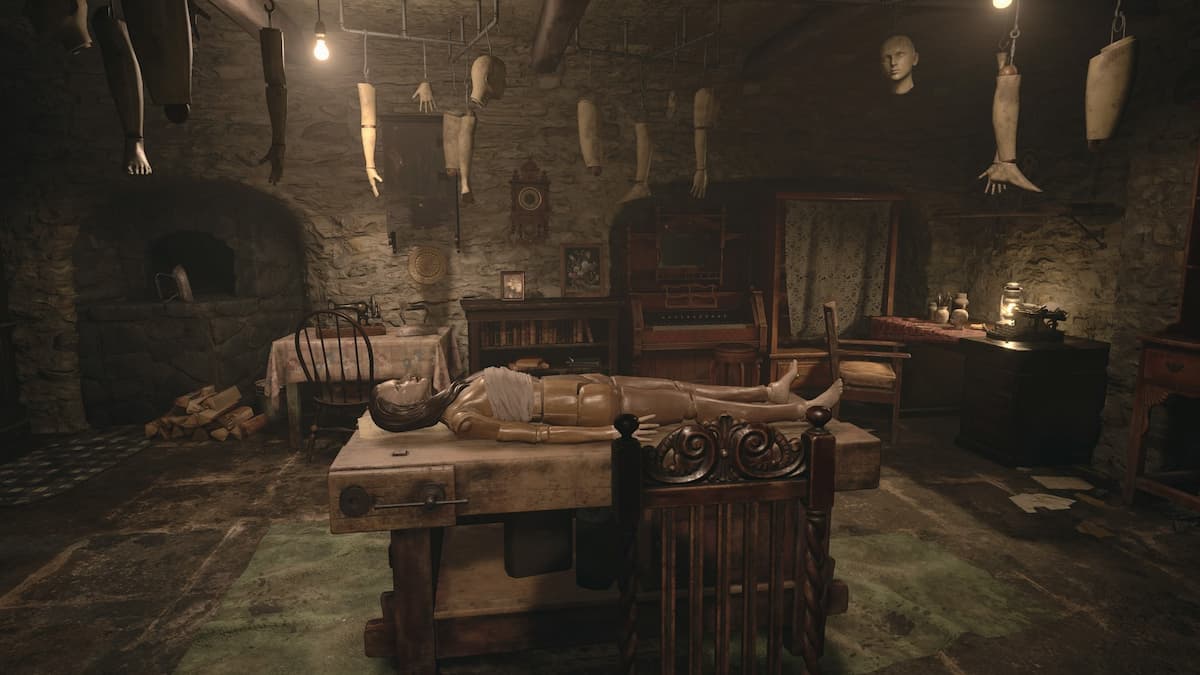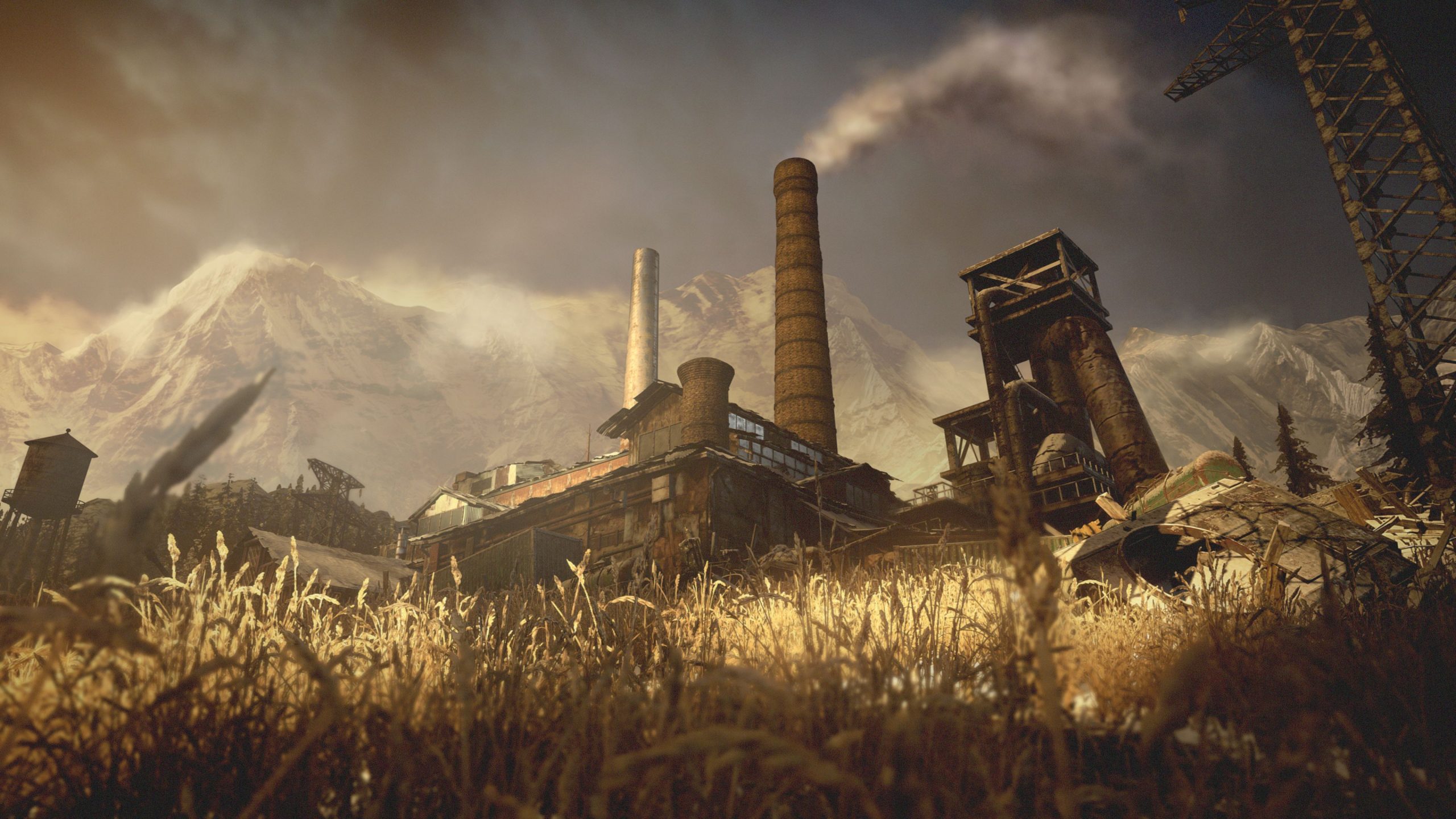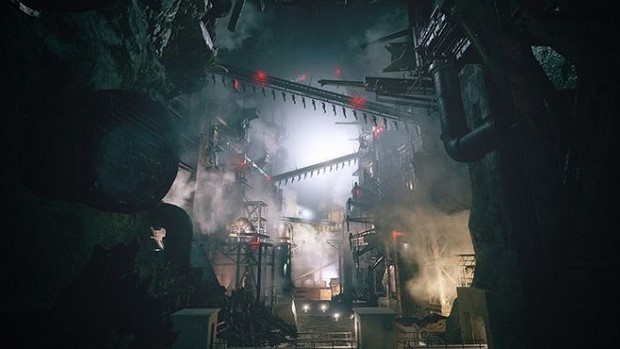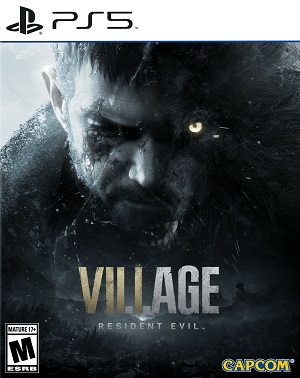
WARNING: There are spoilers ahead for Resident Evil Village.
Resident Evil as a series has never been shy of experimenting and trying new things, even with the many winning formulas it has had over the years. From changing camera perspectives to introducing new characters to completely changing the tone and focus of the series, Resident Evil has had so many styles and flavours over the years. The newest entry in the series, Resident Evil Village, keeps that tradition going- though in many ways it feels like an amalgamation of some of the best things the series has done over its 25 year-history, the end product itself feels wholly unique. In fact, holistically, it feels like the most unique thing Resident Evil has ever done.
There’s a lot of smaller reasons for that, of course. A common narrative thread usually carries over across RE games, but for the first time ever, a Resident Evil game serves as a direct narrative sequel to the events of the previous numbered title. The village serving as a central hub that you keep returning to numerous times throughout the story feels very Zelda-like in its design sensibilities. Sure enough, we could go on and on about these numerous elements that make Village feel like such a different Resident Evil experience- but there are two big sections of the game that exemplify that better than anything.
The four Lords that Ethan Winters tracks down and defeats over the course of the game’s story each have their own individual areas that they preside over, which each area bringing its own style of gameplay, its own mechanics, its own enemies, its own design style. And of these, House Beneviento and Heisenberg’s Factory are the two that stand out because of how different they are, how much they set themselves apart from the sort of stuff you’d usually expect to see in a Resident Evil game.
Let’s start with House Beneviento, the domain of Donna Beneviento, the woman clad in black with a tragic backstory who has given herself to the art of making dolls and bringing them to life in truly creepy ways. House Beneviento is unlike anything Resident Evil has ever done before, and feels much more like what you’d expect to see in a Bloober Team game, or an Amnesia game, or even P.T., for that matter. It’s pure psychological horror, nothing else- in fact, it might even be the scariest thing any Resident Evil game has ever done, which is really high praise. Even though Donna’s own character feels underdeveloped as compared to the other Lords that take the spotlight in the game owing to how little screen-time she gets, House Beneviento as a location stands out.
Walking up to the mansion as you go through a forest trailer blanketed in creepy mist, coming up to the rise and seeing the mansion on top of the hill with a gorgeous waterfall close by, seeing Ethan breathe in pollens of her special plants and beginning to hallucinate… even before you enter House Beneviento, you know that you’re in for a truly creepy journey. It sets the tone perfectly for what’s about to come. And what’s about to come is a short trek through a creepy, isolated, empty mansion, and though that trek is not even an hour long, it makes such a lasting impression that it’s hard not to look back on it as one of the highlights of the game.
Ethan loses all of his items and weapons soon after entering the mansion, and the entire section is played without any combat whatsoever, which in and of itself is a big deal for a Resident Evil game, especially one that is as focused on combat and action horror as Resident Evil Village is. In that way, House Beneviento is not only the unique from the entire series, it is also very different from the rest of the game that it’s featured in. With no combat and no enemies to fight, the entire section is spent going from one room to another, gathering items, solving puzzles, all of it in the most creepy fashion imaginable, as Ethan discovers vague bits and pieces of Mia’s history.
And the more progress he makes, the scarier things get, with flickering red lights and creepy sounds coming from the radio and what have you. It all culminates, of course, with a massive, mutated, fleshy baby chasing you through the halls as you try and escape, in a heart-pounding sections that serves as the perfect crescendo of the slow palpable psychological horror of House Beneviento, and then a sequence that sees you chasing a creepy doll come to life throughout the entire mansion. From beginning to end, House Beneviento is a creepy affair focused purely on horror and little else.
And now we come to Heisenberg’s Factory, which, of course, feels unique in an entirely different way. Where House Beneviento is about horror, the Factory is about action. Where House Beneviento is quiet and subdued, the Factory is bombastic and adrenaline-dueled. Where House Beneviento is focused and small, the Factory is large and mazy. From a design perspective, with its mazy, interconnected halls and rooms across multiple floors, and its metroidvania-esque lock-and-key design, Heisenberg’s Factory feels much closer to what Resident Evil is known for, but in other ways, it completely sets itself apart from anything else the series has ever done.
The biggest reason for that, of course, is the aesthetic of the whole place. It lives up to its name, and it’s very sci-fi, in a way that Resident Evil hasn’t ever really been in the past. From undead mechanical soldiers being cobbled together across a vast network of conveyor belts, assembly lines, and machines to coming up against enemies that have metal fused into their heads and torsos and entire bodies to make them invulnerable to almost all attacks, from avoiding mechanical deathtraps while exploring the area to fighting against monstrosities equipped with everything from massive drills for hands (or even heads) and at times even jetpacks- it’s not what you expect to see from Resident Evil.
And I get it- mileage will vary. This is going to be a divisive section of the game for that very doubt. Some will love it, others will be put off by what it tries. For my money, I absolutely loved it. It’s excellent designed, so that exploring its labyrinthine interiors is an absolute joy. With its unique enemies, each of whom puts up a formidable fight, the challenge is ramped up significantly, so it’s not like the game loses any of the tension it has built up to this point- quite the opposite, in fact. Heisenberg’s Factory is perhaps the single most adrenaline-fueled and tense area of the entire game. Maybe not specifically scary, per se, but extremely tense in a way that Resident Evil 4 fans will be all too familiar with. No, I wouldn’t want a whole Resident Evil game that does only what Heisenberg’s Factory did, but within Village’s context, the section was perfectly paced, perfectly designed, and exactly as long as it needed to be.
Sure, I’m not a huge fan of the boss fight against Heisenberg that caps off this entire section. Sitting in a tank and fighting against a massive mech with telekinetic abilities and at one point even flying through the air as you navigate around falling debris to make it back into your tank- you don’t want that stuff from a Resident Evil boss fight. The great thing is, that that’s not the only boss fight in Heisenberg’s Factory. Shortly before that, Ethan also comes up with a massive, horrifying mutated mechanical thingamajig with a huge drill attached to its head that charges at you like a bull and shoots flames at you while you scramble to cover, all set in a maze-like arena with destructible walls- and that boss fight is absolutely incredible.
These two sections of the game – House Beneviento and Heisenberg’s Factory – collectively make up about a third of the entire experience, maybe a little more than that, but they really do stand out in memory. They’re perfect examples of the two things that define Resident Evil Village more than anything else- variety and uniqueness. Purists might say that’s not what one wants to see in Resident Evil– but when new ideas are executed as well as they are here, it’s hard not to be impressed by them.
Note: The views expressed in this article are those of the author and do not necessarily represent the views of, and should not be attributed to, GamingBolt as an organization.


















